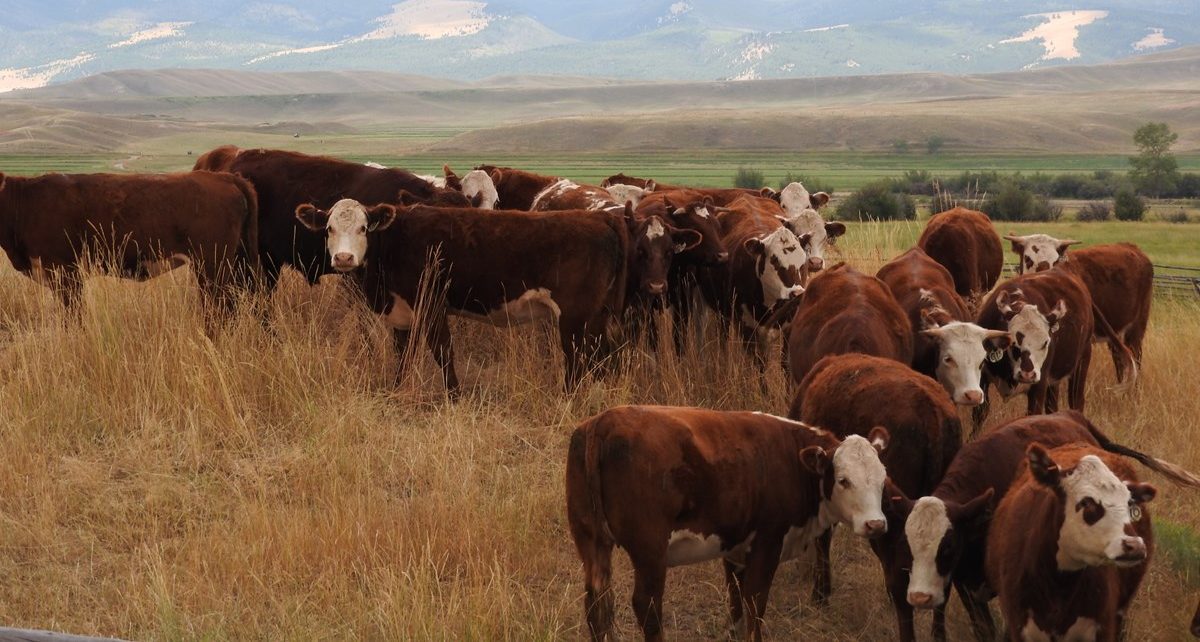In his Pulitzer-winning epic western tale “Lonesome Dove,” the great American novelist Larry McMurtry describes Montana in various ways. One throughline throughout nearly a thousand pages of cowboy lore is the belief — indeed the conviction — that Montana is paradise.
Anyone who has ever stood and gazed at the stupefying vistas of “Big Sky Country” would be tempted to agree with Larry McMurtry. It’s a rough, rugged place — even today. But every drop of sweat and achy muscle it takes to make this land work is repaid tenfold in beauty and harmony.
Looking out across the rolling tundra snuggling up to the skyscraping, snow-covered mountains, one may ask themselves if they’ve crossed the mortal plane and slipped off into some natural nirvana.
Yellowstone gets the headlines, but Montana has much more to offer than the incredible geysers, mountains, and wildlife within the boundaries of the world’s first national park.
Below are some absolute must-visit spots in the “Treasure State”:
Big Hole National Battlefield: Like much of this area of the American frontier, Montana’s story is written in conflict and struggle. During the westward expansion by European and White settlers in the 19th century, frequent unrest reigned between these newcomers and the Indigenous Tribes that already inhabited these lands. This national monument at Big Hole marks a solemn occurrence that was all too common during this period. In the early morning of Aug. 9, 1877, shots rang out and rained down on a still sleeping camp of Nez Perce Native Americans. When all was said and done, almost 90 Nez Perce and some 31 American soldiers lay dead in the aftermath. This battle marked a low point during the “Nez Perce Flight of 1877,” in which the Tribe was leaving its ancestral home in search of peace. This national battlefield stands in grim remembrance of the lives lost here during this tumultuous era in American history.
Grant-Kohrs Ranch National Historic Site: Montana could easily be called the “Cowboy State” due to its rich history as a cattleman’s land of milk and honey. One need not expend too much mental energy to imagine a mile-long trail of cattle flanked by cowboys, old and young. You can see them dotting the rolling prairie north toward the Milk and Missouri Rivers, looking for an open space to set up a ranch. Discover the history of one of those ranches and the shared Montana story at the Grant-Kohrs Ranch National Historic Site near Deer Lodge, MT. At one time, it was the headquarters of a 10-million-acre cattle operation, one of the largest ever in the region. Today, the historic site tells the story of Montana’s free-range cattle boom of the late 19th century. Grab your favorite Stetson, pull on those trusty steel-toed boots, and walk in the footsteps of the cowboys that came before.
Little Bighorn Battlefield National Monument: One of the most famous stories of the American frontier and a more famous historical blunder is the tale of the battle of Little Bighorn, commonly known as “Custer’s Last Stand.” The brash young American Lt. Colonel George A. Custer met a union of the Lakota and Cheyenne warriors on the battlefield near present-day Crow Agency, MT. Custer and his men were completely wiped out in the fight against a much greater force. This battle also marks one of the last armed forces by Native Americans to protect their way of life. Thankfully, this national monument is a remembrance of that way of life and the men, women, and children who fought and died to preserve it. The monument is a must-visit for every history lover.





